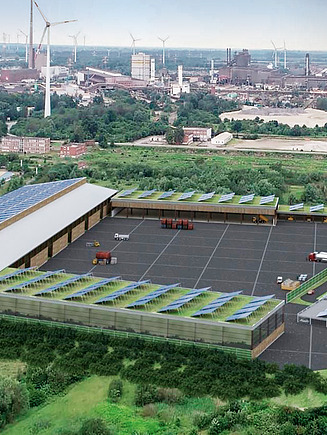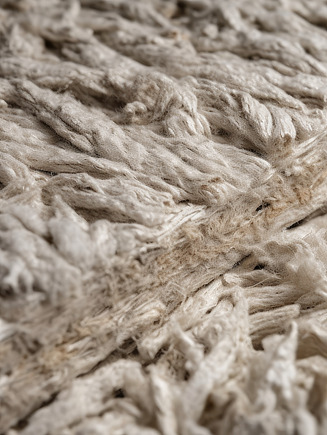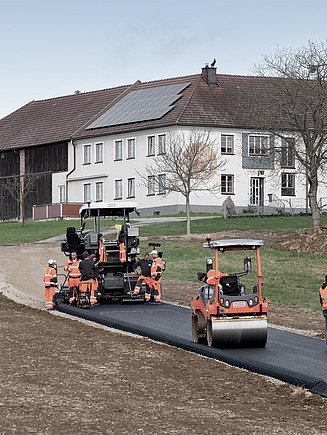Less waste, maximum recycling
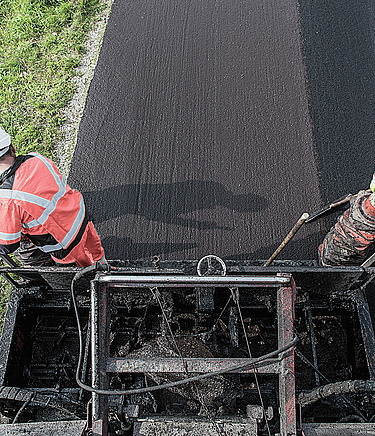
Laying asphalt roads with reduced resource consumption
Our goal: to reuse as much asphalt when building new roads and resurfacing old ones as possible. The more asphalt we reclaim and reuse, the less is wasted. This helps us to conserve resources, minimise CO2 emissions and build without any loss of quality. In their technical standards, however, the German federal government and most of the county’s federal states permit only a very limited use of recycled material in the construction of asphalt roads.
Maximum recycling in Baden-Württemberg
Our colleagues in Baden-Württemberg are allowed to do more. Under a “maximum recycling” scheme, as much asphalt is recycled as possible. This is made possible because the state of Baden-Württemberg allows the addition of a significantly softer binder, which in turn enables a higher percentage of recycled asphalt to be used in the mix. Baden-Württemberg permits the use of up to 80 % reclaimed asphalt in the base course and binder layer and up to 50 % in the asphalt concrete surface. This is around one third more than the national average.
The composition of the reclaimed asphalt plays an important role in achieving the maximum recycling rate. The granulated asphalt must be homogeneous, as fluctuations have a negative impact on the quality of the mix. If the quality of the composition is of a consistent level, then the quality of a recycled road surface cannot be distinguished from one made using non-recycled material.
Around 38 million tonnes of asphalt mix are produced in Germany every year. If maximum recycling were to be used across the board, with an average recycling rate of 50 %, it would be possible to conserve more than 6 million tonnes of stone and 220,000 tonnes of bitumen in asphalt road construction (as of 2022).
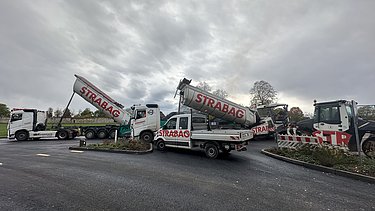
Maximum recycling is permitted on all state roads in Baden-Württemberg. One of these is the L 1147 in the district of Göppingen near Stuttgart. Here we resurfaced a 2.3 km stretch of road with around 4,500 tonnes of asphalt – more than half of which was recycled. The proportion of reclaimed material amounted to 60 % in the binder layer and 50 % in the surface. This and many other projects have allowed us to lay 65,000 tonnes of recycled asphalt in Baden-Württemberg so far this year (as of October 2023). That’s around 2,600 truckloads, allowing us to avoid the downcycling of high-quality asphalt.
Bur even more is possible
Something that is standard in one state is completely unheard of in another. Every federal state in Germany has its own regulations regarding asphalt recycling and the permitted recycling rate. This makes the overall situation very confusing.
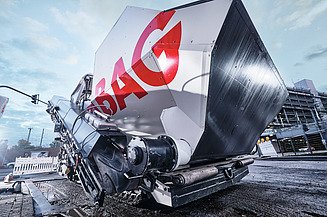
In consultation with our clients, we endeavour to use as much reclaimed material in road construction as each federal state allows. The rules for maximum recycling have sufficiently proven themselves in practice on Baden-Württemberg’s state roads, and the procedure could easily be transferred to other states as well as to federal roads and motorways. Yet the applicable technical standards for asphalt road construction currently do not allow this. This must change – and we are committed to making it happen.
Creative solutions in Hamburg
Hamburg is also committed to achieving the highest possible recycling rates for asphalt and is a pioneer when it comes to stone mastic asphalt, a particularly hard-wearing asphalt surface. The city has one of the highest volumes of heavy goods traffic in Germany, so it needs road surfaces that can withstand heavy loads over the long term – and recycled asphalt is a good way of achieving this.
A creative approach of ours is to use unconventional raw materials. In one project in Hamburg’s industrial district, we’re using incinerator bottom ash (IBA) in the filling soil. IBA is a form of ash produced during the incineration of municipal solid waste that is often categorised as waste and disposed of in a landfill. But IBA is also a natural recycled building material that can be used either as a filler or even in the unbound base course.
